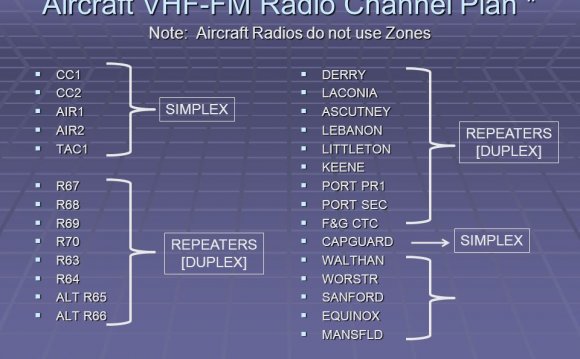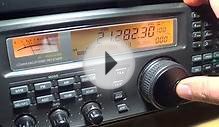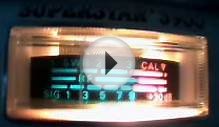
ACP-131Is the controlling publication for the listing of Q codes and Z codes. It is published by the Combined Communications Electronics Board (CCEB) countries (Australia, New Zealand, Canada, United Kingdom and United States), and revised from time to time. When the meanings of the codes contained in ACP-131 are translated into various languages, the codes provide a means of communicating between ships of various nations, such as during a NATO exercise, when a common language is not in effect.
History[edit]
The original edition of ACP-131 was published by the U.S. military during the early years of radio telegraphy for use by radio operators using Morse Code on continuous wave (CW) telegraphy. It became especially useful, and even essential, to wireless radio operators on both military and civilian ships at sea before the development of advanced single-sideband telephony in the 1960s.
Reason for the codes[edit]
Radio communications, prior to the advent of landlines and satellites as communication paths and relays, was always subject to unpredictable fade outs caused by weather conditions, amount of emission power in kilowatts at the transmitter, radio frequency of the transmission, type of emission, type of transmitting antenna, signal basewave shape and size, sensitivity of the receiver and presence, or lack of presence, of atmospheric reflective layers above the earth, such as the E-layer and F-layers, the type of receiving antenna, the time of day, and numerous other factors.
Because of these factors which often resulted in limiting periods of transmission time on certain frequencies to only several hours a day, or only several minutes, it was found necessary to keep each wireless transmission as short as possible and to still get the message through. This was particularly true of CW radio circuits shared by a number of operators, with some waiting their turn to transmit.
As a result, an operator communicating by CW radio to another operator, wanting to know how the other operator was receiving the signal, could send out a message on his key in Morse Code stating, “How are you receiving me?”
If the receiver hears the sender in a “loud and clear” condition, the response would be "QRK5":
-.-/.-./-.- .
All of which requires less circuit time and less “pounding” on the key by the sending operators.
Should the receiving operator not understand the sending operator, the receiving operator would send “?”
If the receiving operator understood the sending operator, the receiving operator would send "ROGER", or the short form "R"
- Q codes are authorized for both civilian and military use, and for communications between the two.
- Z codes are authorized for use only among military stations.
Applicability of codes by type of emission[edit]
- Civilian radio continuous wave (CW): Q codes.
- Military radio continuous wave (CW): Q codes and Z codes.
- Military shipboard signal lamp: Q codes and Z codes.
Voice transmission[edit]
The use of Q codes and Z codes was not intended for use on voice circuits, where plain language was speedy and easily recognizable, especially when employing the character recognition system in use at the time, such as ALFA, BRAVO, CHARLIE, etc.
Q. Lima Five this is Charlie Two – Radio Check Over. A. Lima Five - roger, over. A. Charlie Two - roger, out.
However, some voice operators, such as amateur radio operators, find it convenient or traditional to use some of the Q codes, such as QSL, QRK, etc.
INTERESTING VIDEO












